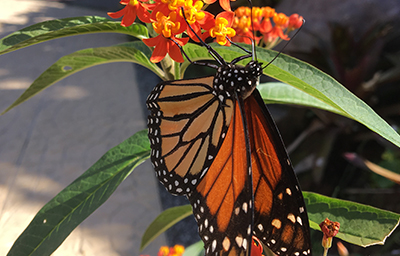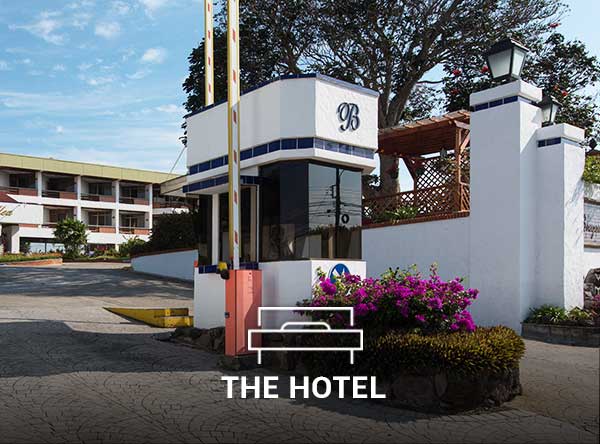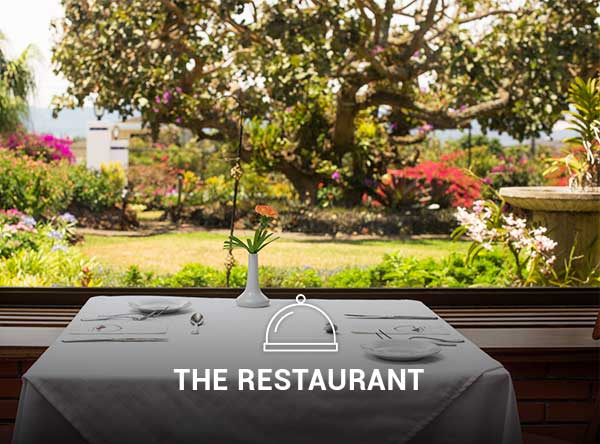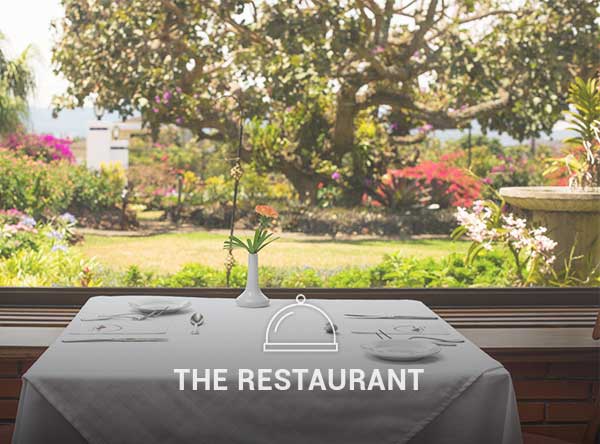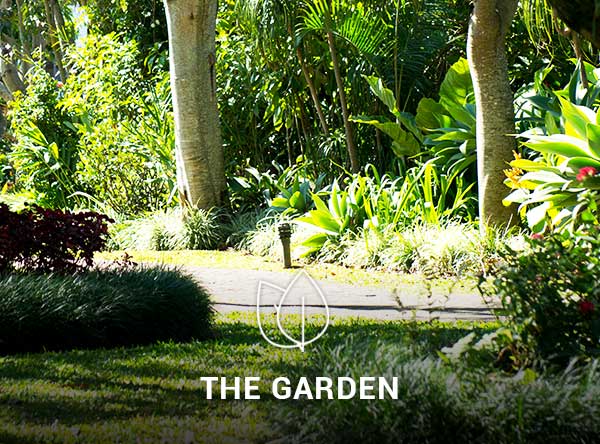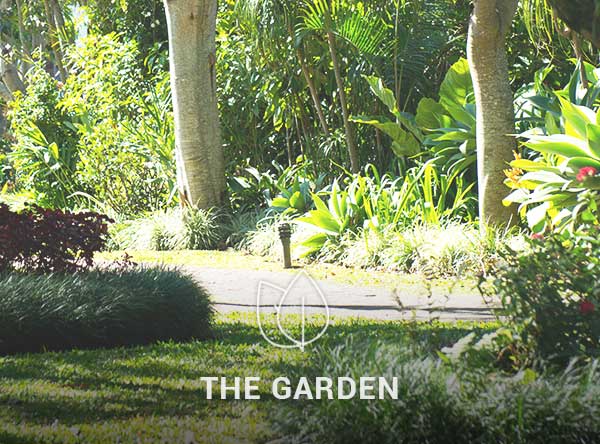
The Jaboticaba is blooming!
February 1, 2018Driving in Costa Rica
Driving in any foreign country can be an adventure in and of itself, and Costa Rica is no exception, but it is possible to be a more confident driver during your stay. Some basic information and a few tips will make your drive easier.
First of all we recommend you use WAZE, a navigation app for cell phones that the locals use to reach any destination with the least amount of frustration. It can pinpoint key local landmarks, reroute you around traffic jams or accidents, and show you where to turn when there is no posted street name to guide you. The local SIM card we offer at check-in includes access to WAZE.
Most road signs in Costa Rica are of universal design, and many are similar to signs in the U.S.A. in color and shape, but it’s a good idea to familiarize yourself with a few of the more common ones. Know that in addition to being placed on signposts, signs are often painted on the roadway itself.
• Ceda el Paso = Yield Right of Way
You will encounter this sign often in Costa Rica. While it is seen in some intersections, it may also indicate that a ramp entry lane or passing lane is ending. Short, one-lane bridges are found all over the country, and a yield sign will always be posted on the end that must give up or cede the right away to oncoming traffic.
Tip—A driver who is stopped and flashes lights at you from the other side of a bridge is kindly signaling you to go ahead when traffic is heavy. Don’t waste any time in moving forward, and be sure to wave or beep a thank you as you pass!
• No Hay Paso or No Hay Vía = Do Not Enter – No Access
There are many one way streets in Costa Rica and they may transition from two way to one way in unexpected places. Use caution especially when making a turn at intersections.
A white middle line indicates one-way traffic, while a yellow middle line indicates two-way traffic. Traffic light configuration is another way to determine directionality from a distance. Do not base your decision on how parked cars are oriented.
Tip—Paso means access. Via means roadway or way as in directionality.
• Despacio = Slow
Despacio signs appear in different colors and types. They serve to warn you about road construction, landslides, local wildlife, school zones, and other road conditions that merit slow speed and extra caution.
Tip—Red triangles or branches in the roadway are warnings of danger ahead. Slow down and use caution until you discover the cause. A vertical stick with something hanging on it may be warning you of a deep hole or other road hazard, so don’t ignore it. These are examples of locals using whatever is at hand to warn fellow drivers—rudimentary sometimes, but effective!
• Peligro or Peligro en la Vía = Danger, Road Hazard
A sign indicating danger is reason for you to use extreme caution. Part of the road may have completely washed away, or there could be another major hazard ahead. Proceed slowly with the utmost of attention.
• No Estacione = No Parking
We recommend that you always obey this sign, as well as a yellow painted curb, and never park in front of a garage or driveway entrance. Your vehicle may be towed if you park where you shouldn’t, resulting in fines, paperwork, and frustration to get the vehicle returned.
Tip—The WAZE app is helpful for locating convenient parking lots.







